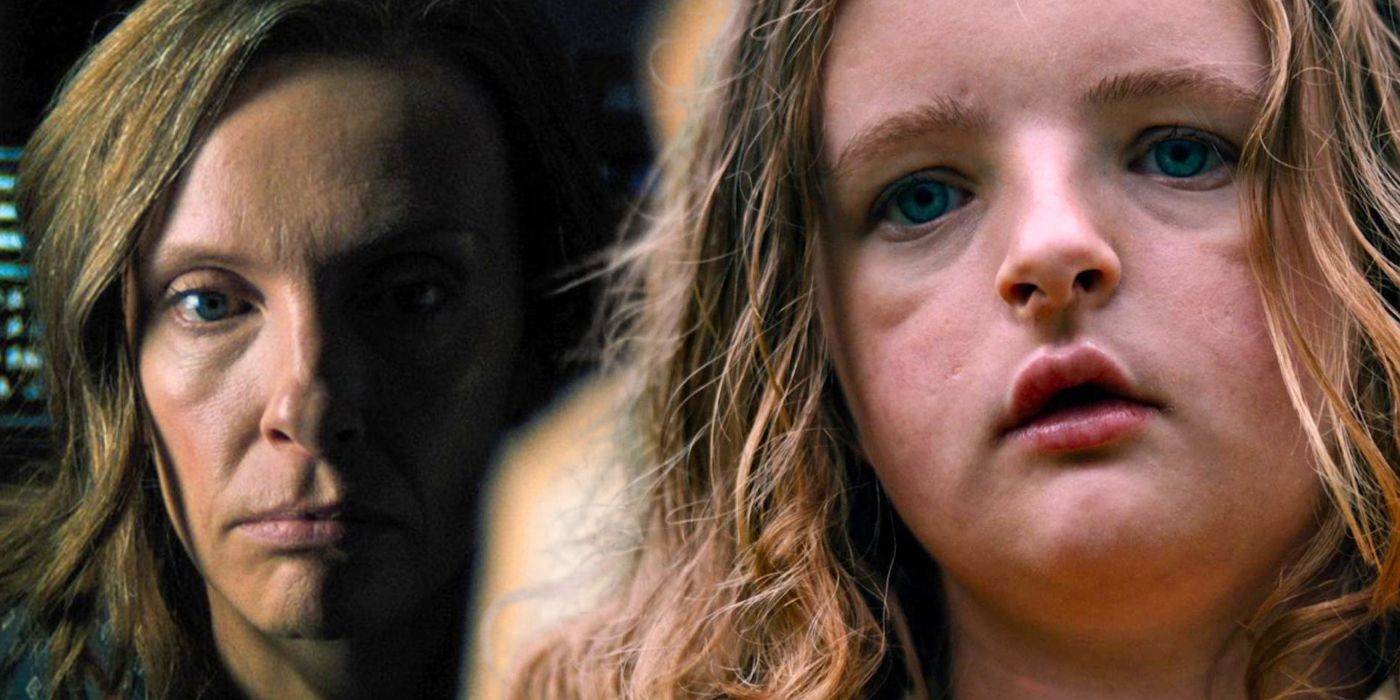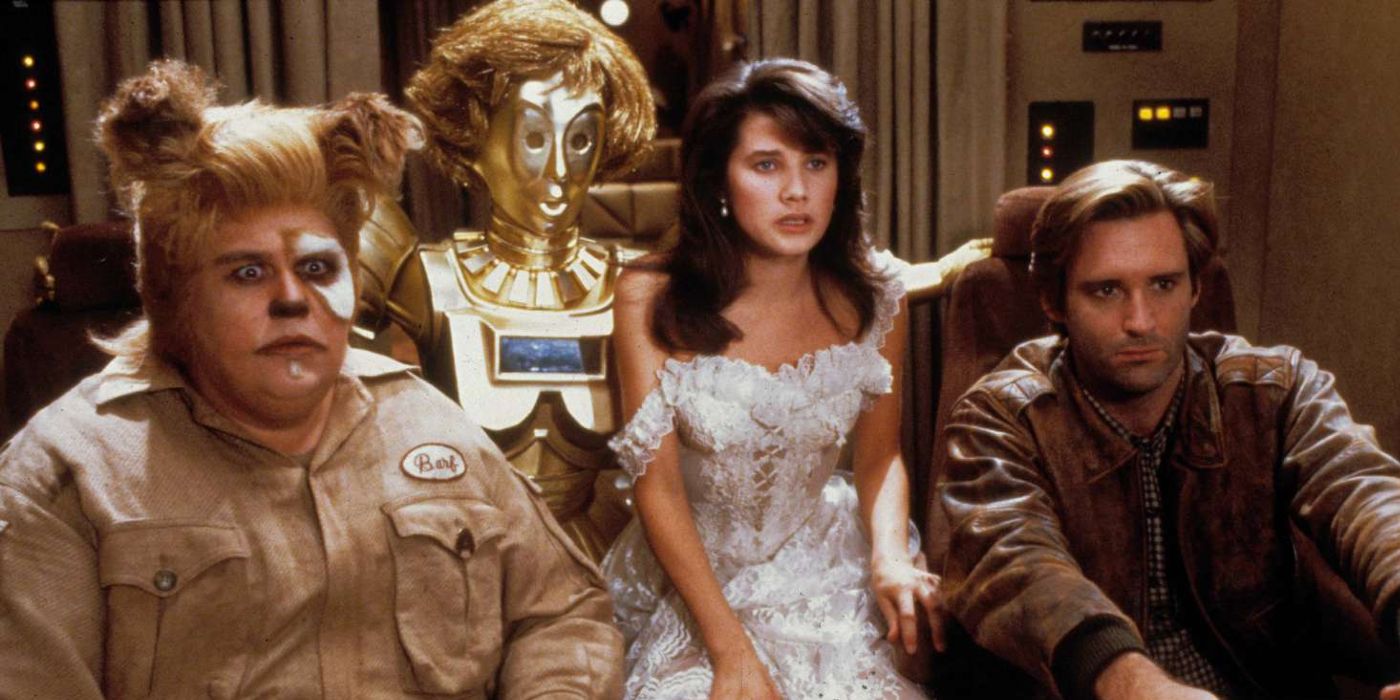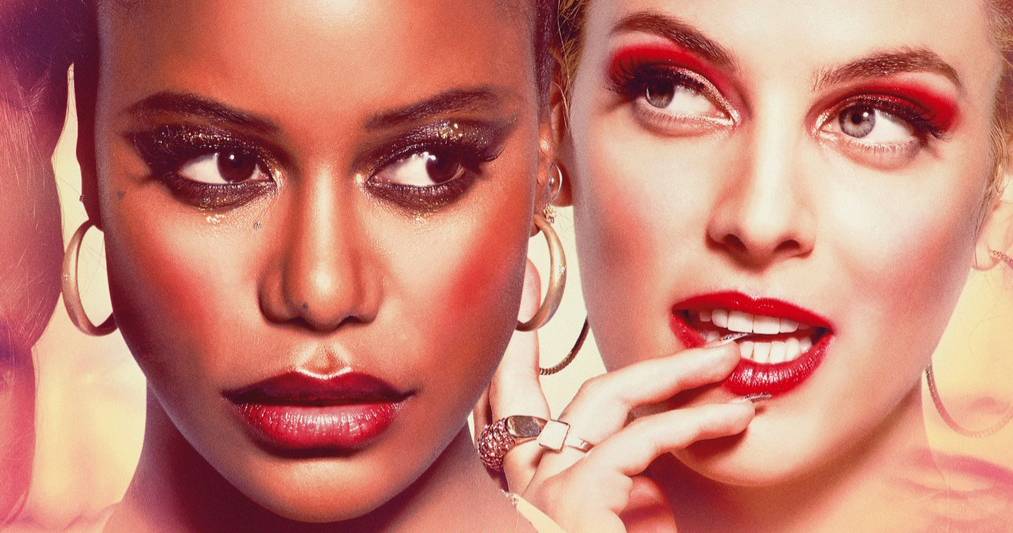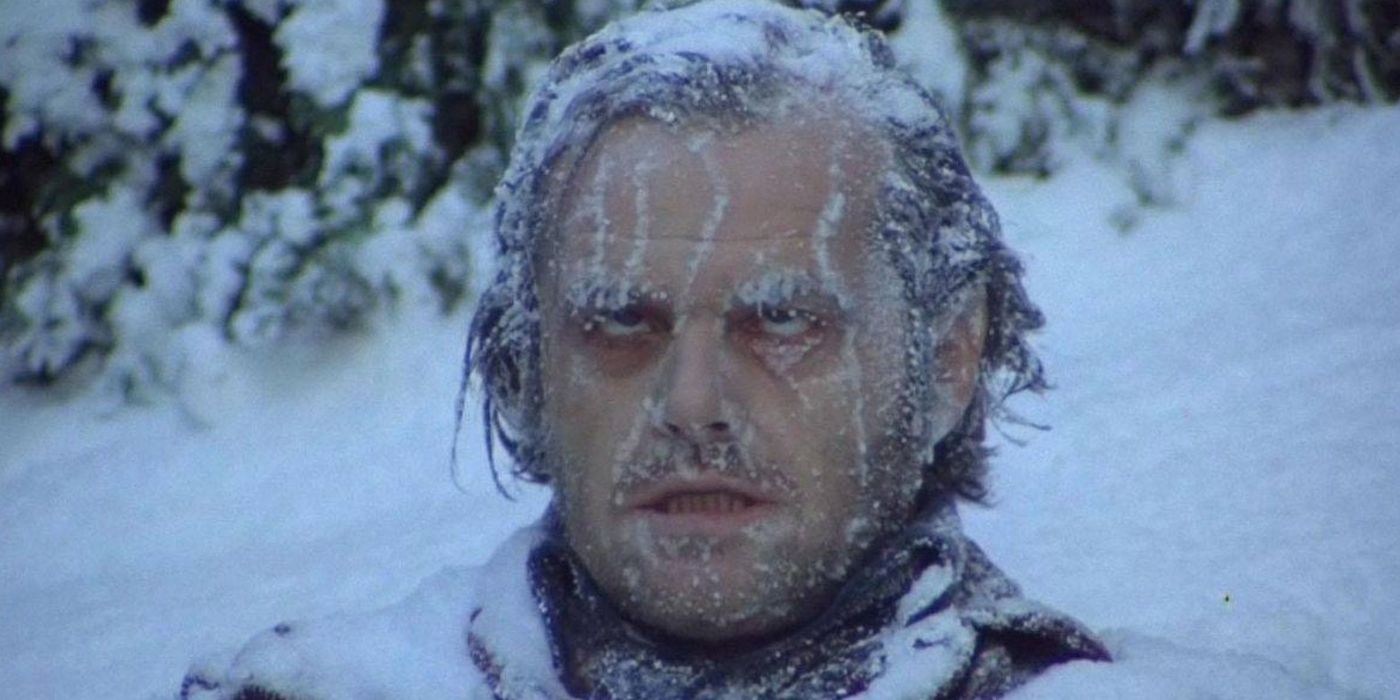In October 2015, A’Ziah “Zola” King, a Detroit Hooters waitress and part-time stripper, unleashed a 150 tweet thread that became a viral sensation. The tweetstorm, now infamously known as the “The Story“, was a bonkers account of a road trip with a brazen young woman she’d served at work. Zola, actually titled @Zola, is adapted from David Kushner’s Rolling Stone article, “Zola Tells All: The Real Story Behind the Greatest Stripper Saga Ever Tweeted”. The film is a rollercoaster ride down a sordid path of prostitution, sexual slavery, and violence. Zola’s shot in an imaginative way that highlights the pure insanity. How much of it is true remains to be clarified, but it’s absolutely eye-popping to see.
Zola opens with her (Taylour Paige) waiting tables as a scantily clad restaurant server. She catches the eye of Stefani (Riley Keough), provocatively dressed and dining with a much older man. Stefani and Zola hit it off immediately. They recognize that they’re both strippers who like to “hustle” for money. The women exchange numbers, social media, and a promise to keep in touch. Later that day, Zola is surprised to hear from Stefani. She’s going with her crew to strip in Tampa for the weekend. Zola, even though she’s literally just met Stefani, is lured by easy cash and decides to go with them.
RELATED: Zola Trailer Turns Wild Stripper Twitter Thread Into an Even Wilder Movie
Zola’s warning alarms ring immediately when she’s picked up in an expensive Mercedes SUV. The chatty Stefani is accompanied by her lanky boyfriend Derrek (Nicholas Braun), and driven by “X” (Colman Domingo), another older man with an African accent. Derrek’s behavior on the drive is erratic. But things turn for the worse when they arrive at a seedy hotel with hoodlums milling about. Zola soon realizes that Stefani is a hooker, “X” is her pimp, and expects her to “trap” men as well. The next 48 hours turn into a maelstrom of sex and violence as Zola struggles to escape.
Director/co-writer Janicza Bravo (Lemon, Atlanta) takes a lot of creative license to tell “The Story”. Zola narrates through a constant stream of voice-overs. A whistle, along with a close-up reaction shot, is heard every time Zola’s hackles are raised. Bravo also uses a variety of camera angles and animation to differentiate several disturbing scenes. The overall effect is quite fascinating, especially with the lurid subject matter. Zola shows the female leads in many compromising situations, but never nude. That distinction is saved for the plethora of “Johns” or “Tricks” serviced by Stefani.
Zola gets ugly fast. The heart of this story is forced prostitution, sexual abuse, and human trafficking. Zola, like countless women, is promised work. Then discovers they cannot leave the clutches of despicable men. Colman Domingo paints this bleak picture succinctly as “X”. The women are his property to sell. Any intransigence results in a swift reprisal. The film depicts this scourge too flippantly. The prostitution scenes are done with an artistic bend. What two consenting adults do in private is their business. But that scenario changes when a participant or observer is unwilling. Zola would have served its subject matter better with frank depictions.
Zola strikes different nerves. A deeper news dig in the aftermath of this event had horrific consequences for another woman snared by the real “X” and “Stefani”. What happened to her is factually documented and had severe legal consequences for “X”. In that sense, Zola cannot be viewed in a vacuum as just an interesting film about viral tweets. There’s a lot more to “The Story” that wasn’t a social media sensation, but also deserved to be told. Zola is a production of Killer Films, Gigi Films, and Ramona Films. It is currently in theatrical release from A24.
The views and opinions expressed in this article are those of the author and do not necessarily reflect the official policy or position of Movieweb.
You can view the original article HERE.






























